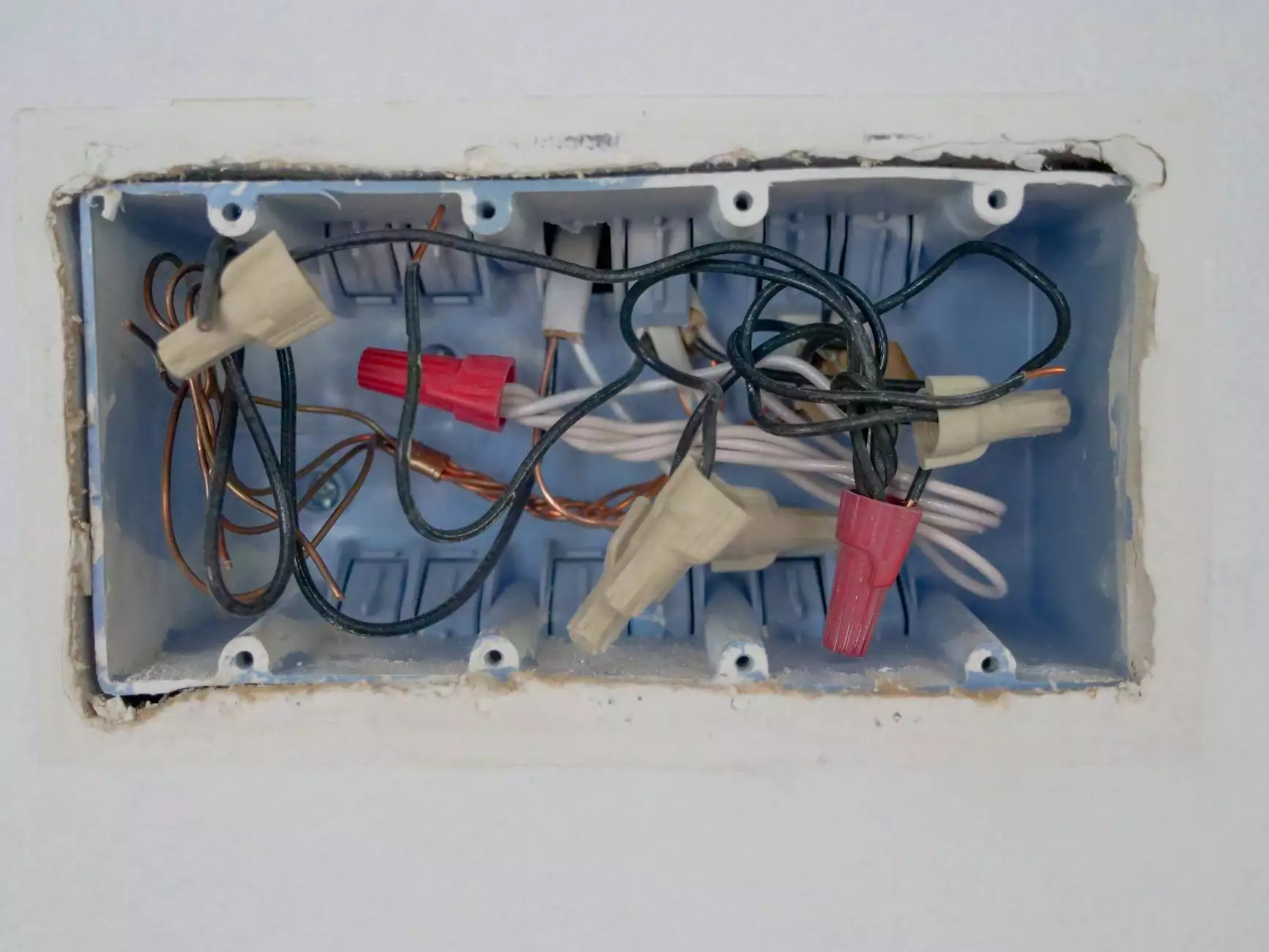Understanding Thoracolumbar Junction Syndrome: Insights from IAOM

The thoracolumbar junction, located between the thoracic and lumbar regions of the spine, plays a critical role in our spinal health. Thoracolumbar junction syndrome refers to a set of symptoms stemming from dysfunction or injury in this transitional area. As a vital site for movement and flexibility, it can often become a source of pain and discomfort, affecting overall mobility and quality of life.
What is Thoracolumbar Junction Syndrome?
Thoracolumbar junction syndrome manifests as pain and discomfort arising from the junction of the thoracic and lumbar spine. This area is essential for stabilizing the spine while allowing a range of motion. The syndrome can result from various factors, including injury, poor posture, overuse, and even degenerative diseases. Understanding the mechanics of this syndrome is crucial for proper diagnosis and treatment.
Causes of Thoracolumbar Junction Syndrome
Identifying the underlying causes of thoracolumbar junction syndrome is paramount for effective management. Here are some common causes:
- Injury: Trauma from sports, falls, or accidents can lead to dysfunction in the thoracolumbar area.
- Poor Posture: Prolonged periods of slouched or improper posture can strain the thoracolumbar junction.
- Overuse: Repetitive movements, especially in physical labor or athletics, can cause microtrauma to the region.
- Disc Degeneration: Age-related degeneration of intervertebral discs can impact the structural integrity of the thoracolumbar junction.
- Muscle Imbalance: Weakness or tightness in surrounding muscles can lead to improper alignment and strain.
Symptoms of Thoracolumbar Junction Syndrome
The symptoms associated with thoracolumbar junction syndrome can vary considerably, but they typically include:
- Localized Pain: Discomfort in the lower back, especially at the junction point.
- Radiating Pain: Pain that travels down into the buttocks or legs.
- Stiffness: Reduced flexibility in the lower back, making movement difficult.
- Muscle Spasms: Involuntary contractions in the back muscles.
- Nerve Symptoms: Tingling or numbness, particularly if nerve compression occurs.
Diagnosing Thoracolumbar Junction Syndrome
Diagnosing this syndrome involves a detailed approach:
- Medical History: A thorough history helps identify potential risk factors and symptom onset.
- Physical Examination: Evaluating posture, range of motion, and pain responses during specific movements.
- Imaging Studies: X-rays, MRIs, or CT scans can provide insight into structural changes or injuries.
Treatment Options for Thoracolumbar Junction Syndrome
Managing thoracolumbar junction syndrome is a multifaceted process that often requires a comprehensive treatment plan. Here are some common treatment options:
Conservative Treatments
- Physical Therapy: Tailored exercises can strengthen surrounding muscles, improve flexibility, and restore function.
- Chiropractic Care: Chiropractors employ manual adjustments to restore proper alignment and relieve pain.
- Pain Management: Over-the-counter pain medications and anti-inflammatories can alleviate acute pain.
- Heat and Cold Therapy: Application of heat pads or ice packs can provide relief and reduce muscle spasms.
Advanced Treatments
If conservative treatment methods are insufficient, healthcare providers may recommend:
- Injections: Corticosteroid injections can reduce inflammation and pain in the thoracolumbar region.
- Regenerative Medicine: PRP (Platelet-Rich Plasma) therapy and stem cell treatments may be considered for chronic conditions.
- Surgery: In severe cases, surgical intervention may be necessary to correct structural issues affecting the junction.
Preventing Thoracolumbar Junction Syndrome
Prevention plays a crucial role in maintaining back health and avoiding thoracolumbar junction syndrome. Here are some effective strategies:
- Correct Posture: Maintaining proper body alignment while sitting, standing, and lifting is essential.
- Regular Exercise: Engaging in strength training and flexibility exercises can bolster spinal health.
- Ergonomic Adjustments: Ensuring a supportive workspace can minimize strain during daily activities.
- Adequate Warm-Up: Warming up appropriately before physical activity can prevent injuries.
- Stay Hydrated: Hydration supports disc health and overall spinal integrity.
The Role of Chiropractors in Managing Thoracolumbar Junction Syndrome
Chiropractors are pivotal in diagnosing and managing thoracolumbar junction syndrome. They utilize a holistic approach to assess the patient's condition and develop a tailored care plan. Here’s how chiropractors can help:
- Comprehensive Assessment: Chiropractors conduct thorough evaluations to pinpoint the root cause of symptoms.
- Spinal Manipulation: Gentle adjustments can realign the spine, alleviating pain and restoring function.
- Rehabilitative Exercises: Chiropractors offer customized exercise programs to strengthen affected areas and improve stability.
- Patient Education: Educating patients about spinal health and preventive techniques is a cornerstone of chiropractic care.
Educational Resources at IAOM
At IAOM, we are dedicated to empowering our clients with knowledge and resources pertaining to their health. Our experts provide:
- Workshops and Seminars: Informative sessions covering spinal health, injury prevention, and wellness tips.
- Personalized Consultations: One-on-one sessions to discuss individual concerns and treatment options.
- Online Resources: Access to articles, videos, and guides focusing on thoracolumbar health and general wellness.
Conclusion
Understanding and managing thoracolumbar junction syndrome is crucial for maintaining a healthy spine. Awareness, early intervention, and appropriate treatment can significantly improve the quality of life for those affected by this condition. If you are experiencing symptoms of thoracolumbar junction syndrome, consult with our expert chiropractors at IAOM for personalized care and guidance.
Your health is our priority, and through education and effective treatments, we aim to empower you to live a pain-free life. For more information and to schedule a consultation, visit iaom-us.com.









